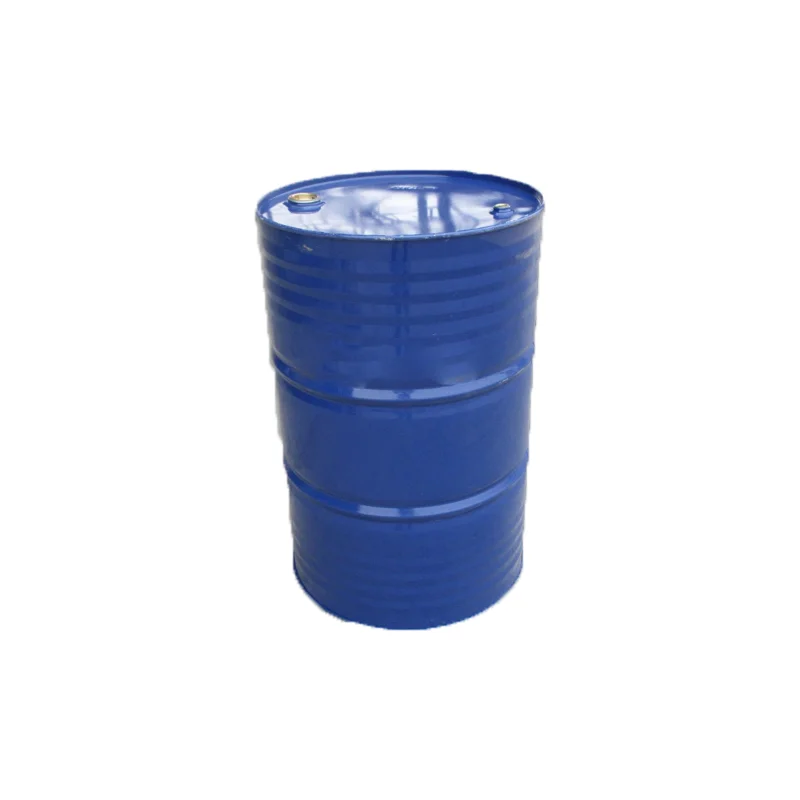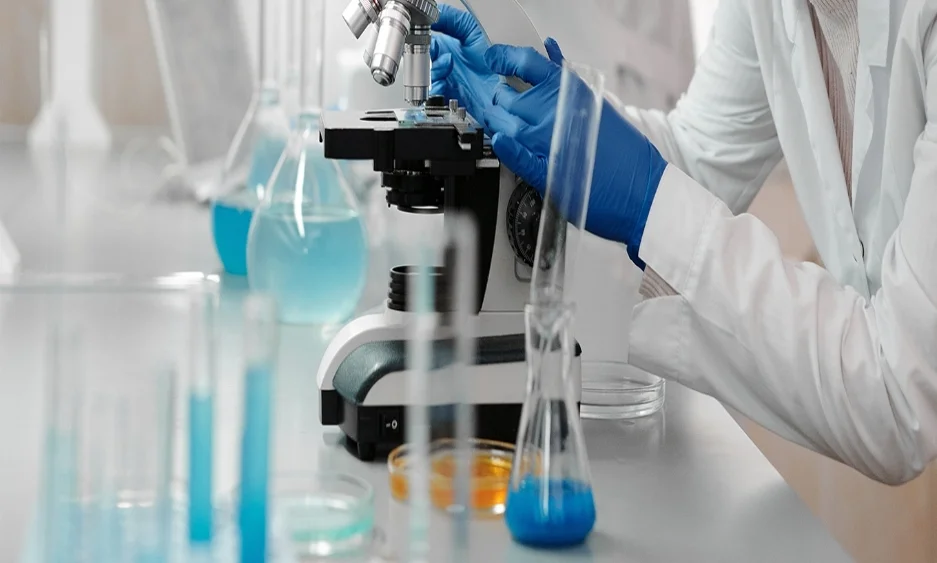The Role of Polyurethane Rubber in Sustainable Manufacturing Practices
In the face of increasing environmental challenges, sustainable manufacturing practices have become a priority for industries worldwide. Among the materials leading this charge is polyurethane rubber, a versatile compound known for its durability and efficiency. This article explores the role of polyurethane rubber in promoting sustainability within manufacturing, highlighting its properties, applications, and potential for recycling.
Understanding Polyurethane Rubber
Polyurethane rubber is a polymer composed of organic units joined by carbamate (urethane) links. It is produced through the reaction of polyols and isocyanates, resulting in a material that can be tailored to meet specific performance requirements. This adaptability makes polyurethane rubber suitable for various applications, from automotive components to insulation materials.
Properties of Polyurethane Rubber
Polyurethane rubber boasts several properties that contribute to its sustainability:
Durability: Known for its exceptional wear resistance and longevity, polyurethane rubber outlasts many traditional materials, reducing the frequency of replacements and waste generation.
Versatility: Available in various forms, including flexible foams, rigid foams, and elastomers, polyurethane can be engineered for specific applications, enhancing its utility across industries.
Energy Efficiency: As an insulating material, polyurethane significantly reduces energy consumption in buildings and appliances, contributing to lower carbon footprints.

Applications in Sustainable Manufacturing
Polyurethane rubber finds applications across multiple sectors that prioritize sustainability:
Construction Industry
In construction, polyurethane foam is widely used for insulation due to its superior thermal performance. It helps maintain stable indoor temperatures, thereby reducing energy consumption for heating and cooling. According to studies, buildings insulated with polyurethane can save significant amounts of energy over their lifespan.
Automotive Sector
The automotive industry utilizes polyurethane rubber for various components such as seats, dashboards, and seals. Its lightweight nature contributes to fuel efficiency by reducing vehicle weight while maintaining structural integrity. Additionally, the use of polyurethane in automotive applications helps minimize noise and vibration, enhancing passenger comfort.
Furniture and Bedding
In the furniture sector, polyurethane foam is commonly used in mattresses and upholstery. Its durability ensures long-lasting products that resist wear and tear. Moreover, high-quality polyurethane foams can enhance comfort while requiring less material than traditional alternatives.
Medical Devices
Polyurethane rubber is also prevalent in medical applications due to its biocompatibility and flexibility. It is used in devices such as catheters and wound dressings, where durability and safety are paramount.
Environmental Impact of Polyurethane Rubber
While polyurethane rubber offers numerous benefits, it is essential to consider its environmental impact:
Carbon Footprint Reduction
The production process of polyurethane generates relatively low CO2 emissions compared to other materials like metals or plastics6. Furthermore, the energy savings achieved through its insulation properties contribute to a significant reduction in greenhouse gas emissions over time.
Waste Management Challenges
Despite its advantages, the disposal of polyurethane products poses challenges due to their durability; they do not decompose easily in landfills. However, advancements in recycling technologies are addressing these issues by enabling the recovery of valuable raw materials from discarded products.

Recycling Polyurethane Rubber
Recycling is a crucial aspect of making polyurethane rubber more sustainable:
Chemical Recycling Techniques
Recent innovations have led to the development of chemical recycling methods that break down polyurethane into its constituent polyols. These recycled polyols can be used to produce new polyurethane products, effectively closing the loop on waste. This process not only reduces landfill waste but also decreases the demand for virgin raw materials.
Mechanical Recycling Approaches
Mechanical recycling involves grinding down discarded polyurethane products into smaller pieces that can be reused in various applications. While this method may not restore the material's original properties fully, it provides a valuable alternative for less critical uses.
Future Outlook for Polyurethane Rubber
The future of polyurethane rubber in sustainable manufacturing looks promising as innovations continue to emerge:
Bio-based Polyurethanes: Research into bio-based alternatives using renewable resources could further reduce the environmental impact associated with traditional petroleum-based polyurethanes.
Enhanced Recycling Technologies: Ongoing advancements in recycling technologies will likely improve the efficiency and effectiveness of recovering materials from end-of-life products.
Integration with Circular Economy Models: As industries shift towards circular economy models, integrating sustainable practices with polyurethane production will become increasingly important.

Conclusion
Polyurethane rubber plays a vital role in advancing sustainable manufacturing practices across various sectors. Its durability, versatility, and energy efficiency make it an essential material for reducing environmental impacts while meeting modern demands. By focusing on recycling and innovative production methods, industries can leverage the benefits of polyurethane rubber while contributing to a more sustainable future.
Shanghai Tiancheng Chemical stands at the forefront of supplying high-quality chemical raw materials like polyurethane rubber that align with these sustainable practices. As manufacturers increasingly prioritize eco-friendly solutions, embracing materials like polyurethane will be critical in shaping a greener manufacturing landscape. This article provides an extensive overview of how polyurethane rubber contributes to sustainable manufacturing practices while addressing current challenges and future opportunities within this sector.
The Advantages of Polyurethane Rubber in Industrial Applications



